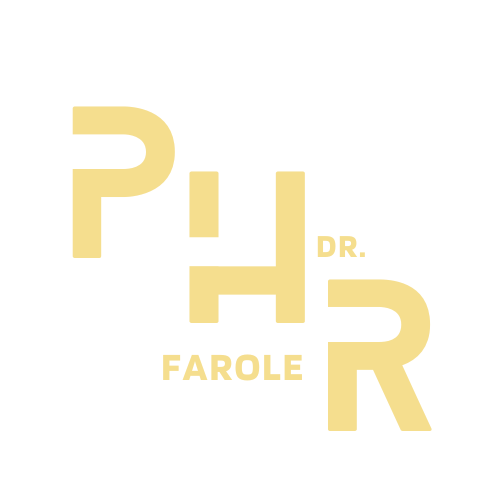If you’re experiencing hair loss or thinning, Follicular Unit Extraction (FUE) hair transplant and Platelet Rich Plasma (PRP) hair treatment offer two distinct methods of hair restoration.
While FUE hair transplants surgically extract and transplant hair follicles, PRP injects natural growth factors, or platelet rich plasma, into the scalp to stimulate existing hair follicles, offering a less invasive, non-surgical restoration technique. The right procedure for you depends on the extent of your hair loss and your overall goals for hair restoration.
How Are FUE and PRP Different?
FUE is a hair transplant surgical procedure that involves extracting hair follicles from one part of the scalp and transplanting them to another. This method offers a more permanent solution for hair restoration, and is intended for areas of the scalp where there are no existing hair follicles.
While FUE hair transplant surgery adds new hair follicles to the scalp, PRP injects natural growth factors into the scalp to stimulate hair growth and protect existing hair follicles. This treatment is suitable for areas with thinning hair but active follicles, so it is recommended for those who aren’t completely bald.
How Much Do FUE and PRP Cost?
When deciding between FUE and PRP for hair restoration, a significant cost difference should be noted. Each PRP session is priced by a flat rate of around $550, offering a more cost-effective option for healthy hair growth.
In contrast, FUE treatments are typically priced at $6 per follicle, so the FUE hair transplantation of 1,000 follicles would cost around $6,000. While FUE is more expensive than PRP, this treatment offers more permanent restoration results for patients with significant hair loss.
Learn more about the factors influencing the prices of hair transplants.
What to Expect After Your FUE or PRP Procedure
Around two weeks after FUE treatment, transplanted hair follicles establish blood supply and patients may resume normal activities. The recovery process can be as short as 4 weeks. The initial results of FUE become noticeable after about five months, while full hair growth may take up to ten months.
Platelet rich plasma therapy, or PRP, offers a short recovery period in comparison, and patients can wash their hair and resume normal activities almost immediately after treatment. PRP hair restoration treatments typically require three sessions, one per month, and patients may see results a few months after their final treatment.
Are FUE and PRP Painful?
Many people considering FUE or PRP often ask, “Is hair transplant painful?” Both hair restoration procedures may involve some level of discomfort. PRP patients report feeling minor injection pain comparable to plucking eyebrows. Due to its surgical nature, FUE requires local anesthesia. Once patients are numbed, the rest of the procedure is painless, causing minimal discomfort.
How Should I Choose Between FUE and PRP for Hair Restoration?
Choosing between FUE and PRP depends on the extent of your hair loss or thinning and your personal goals for hair restoration. For areas without existing hair follicles where a surgical procedure may be necessary, FUE offers a more permanent solution for restoration. If your hair is thinning but not completely gone, PRP can boost growth and safeguard the follicles you have left.
To discuss a personalized treatment plan best suited to your hair growth goals, speak with an experienced hair restoration technician by contacting us at Philadelphia Hair Restoration today.




